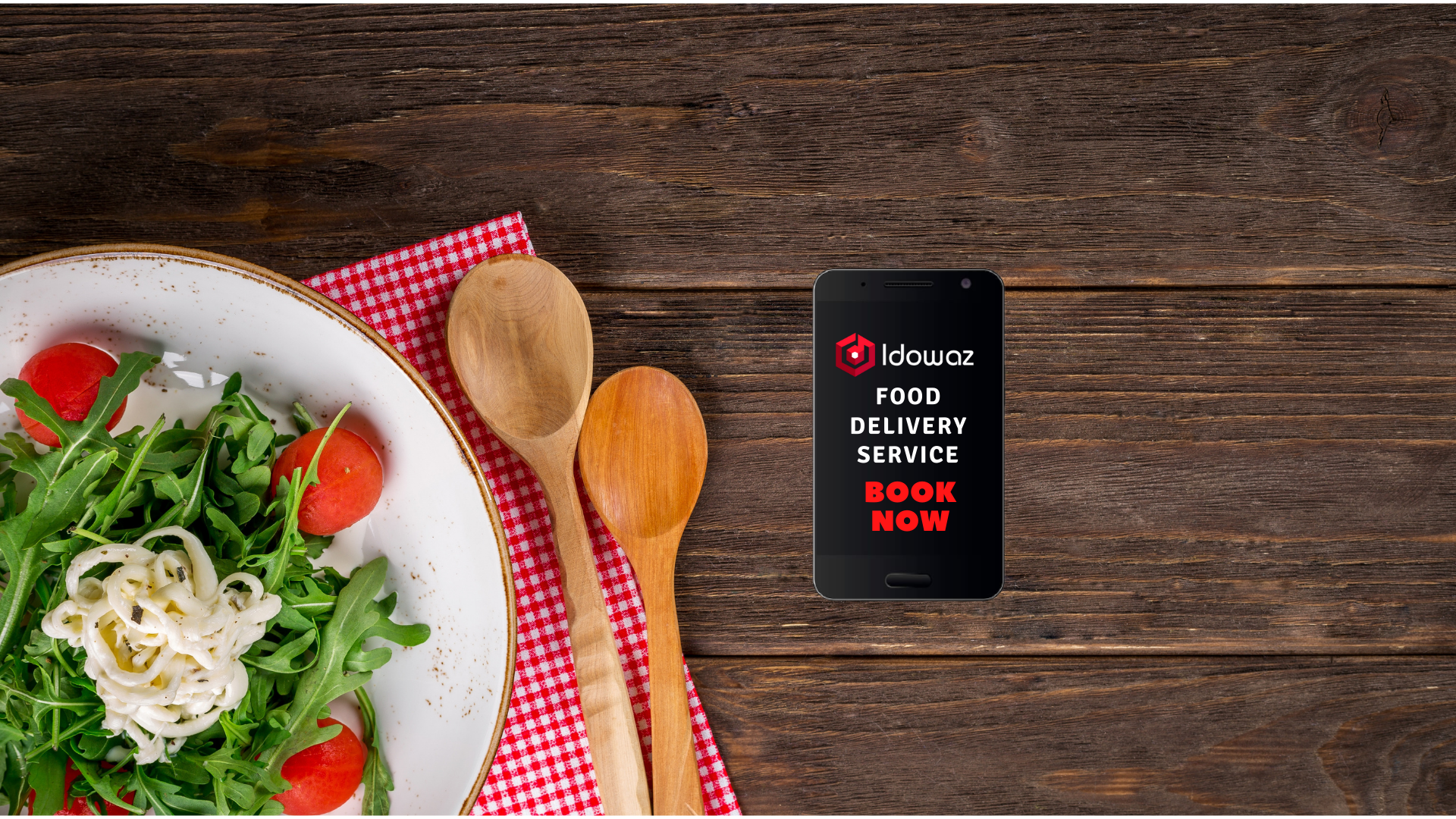Home Delivery Market is experiencing unprecedented growth. Nearly one in two people have already had a delivery delivered to their home or office. The numbers are exploding for young people.
This market, which mainly concerns traditional or fast food, is far from reaching saturation point.
It is therefore becoming essential for restaurateurs, but also for all food stakeholders, to position themselves there!
Let’s take stock of this market which directly affects your business!
THE HOME DELIVERY MARKET
- 3 orders were placed every second this year.
- 2.6 orders / month on average.
- One in two people has already had a meal delivered. 2 out of 3 millennials (have already ordered for delivery.
Millennials, also commonly referred to as Generation Y, are people born in the 1980s, and early 1990s.
- 37% of orders are made by phone, 35% online, and 28% on the mobile app.
- More than 2 out of 3 orders are made by an aggregator (aggregators: Idowaz, Uber Eats, Deliveroo, etc) or a virtual restaurant (virtual restaurants: Frichti, Popchef, Foodchéri…). 8 out 10 people gave positive feedback about Idowaz.
THE THREE MAIN REASONS FOR USING DELIVERY:
- Speed of delivery,
- The last moment ordering possibility,
- The ease of ordering.
Three major challenges for the market:
- Environmental responsibility (packaging, transport, etc.)
- Social responsibility (working conditions of delivery people, etc.)
- Social responsibility (unbalanced diet, etc.)
TRENDS FOR TOMORROW
According to the experts, delivery is expected to experience sustained growth in 2020. 25% of consumers would order more within 12 months.
Almost one in three traditional restaurants will offer a meal delivery service in the future. And more than one in two fast-food restaurants will offer a delivery service.
THE HOME DELIVERY MARKET WILL EXCEED THE DRIVE
More generally, the home delivery market of food products is appealing to consumers, especially those in large cities.
A study reveals that 63% of the population of large cities are potential consumers of online delivery.
The “brick-and-mortar” stores retain followers: 67% of city dwellers go there because they want to see the products or simply enjoy the “physical experience”.

However, more than half would like to choose home delivery of online groceries.
This adds up to the 3% who swear by delivery and the 30% who combine their purchases between stores and the web. Within food e-commerce, two delivery methods coexist for the customer: home delivery and drive-through.
If until 2018, the drive exceeded home delivery in terms of:
- Sales volume.
- The momentum is inexorably set to reverse
- Particularly in large cities and towns.
Some experts predict that in 2025, the delivery will represent almost double the drive.
In people, the drive has become a habit, especially in small and medium-sized towns where people get around better by car.
But in large cities, 82% of “click and collect” followers say they are considering home delivery. Consumers expect this service from their stores.
The price of delivery is the main obstacle for 32% of store regulars and 60% of drive-through customers.
The solution would therefore be to incorporate this price into the total addition of purchases.
This is what most brands offer with minimum purchase.
THE DIFFERENT PLAYERS IN-HOME DELIVERY:
Delivery can be internalized or outsourced. Many home delivery platforms are being deployed. Here are the 4 main current models:
1. RESTAURANTS AND CATERING CHAINS THAT DELIVER THEM:
Some brands in the sector have historically had an integrated delivery service. This is especially the case in the pizza and Asian restaurant segments.
Examples: Pizza Hut, Dominos, Speed Burger, etc.
2. RESTAURANT AND MERCHANT AGGREGATORS ALREADY OFFERING A DELIVERY SERVICE:
These platforms bring together restaurants that produce their offer and ensure delivery to their customers.
They only have a role of connecting and bringing in business. They take a commission of 10% to 15% per order, but nevertheless offer restaurateurs and merchants a complete digital presence (Internet, application, social networks).
Customers benefit from customer service and professionals from support, which, along with the simplicity of the model, contributes to the success of this type of platform.
Examples: Idowaz, Just Eat, etc.
3. AGGREGATORS-DELIVERERS WHO PROVIDE CUSTOMERS WITH RESTAURANTS AND MERCHANTS OFFERS:
For the last 3 years around, these platforms provide delivery services between professionals and customers.
They invoice professionals 25% to 30% of turnover, as business contributors but also as providers of delivery assignments.
Deliveries are mainly made by bicycle (or scooters), most of the time by self-employed people. In this model, the professional is only concerned with production.
It is benefiting from the promotion of its brand through these now renowned platforms, which are increasingly comprehensive portals.
These platforms also have the advantage of having powerful search engines with filters that meet the expectations of modern customers.
Examples: Idowaz, Stuart, Glovo, etc.
4. VIRTUAL RESTAURANTS WITH INTEGRATED OR OUTSOURCED DELIVERY:
The latest model in this meal delivery market is the paperless restaurant, or “ghost restaurant”, which does not receive customers.
Its offer is specially and exclusively designed for delivery. These concepts were born on the promise of preparing and delivering quality meals at affordable prices.
Thanks to a mastery of production as a caterer/community.
This model excludes the fixed charges of a point of sale open to the public. The offer offered is often short.
Delivery is often carried out by service providers. Each player positions their laboratory and activates their delivery zones according to demand, which limits their deployment to the largest cities.
Examples: Frichti, PopChef, etc.
BE CAREFUL OF THE CHOICE OF THE DELIVERY PLATFORM
The delivery market is hit by a controversy over the working conditions of couriers worldwide (status and remuneration). This subject can generate a negative image for professionals working with these delivery platforms.
Many local platforms are also developing in most major cities.
Beware, however, of young start-ups with little experience or promise whose reliability remains to be proven in the medium and long term.
TO VISIT (NON EXHAUSTIVE LIST):
Idowaz: https://idowaz.com/
Idowaz: Idowaz is UK based Company but it is registered in UK, Romania, and Nigeria presently. Idowaz giving competition in India to Giant companies like Zomato, Swiggy, Uber Eats, etc.
Uber Eats: www.ubereats.com
This Uber service lists more than 5,000 restaurants in some thirty major cities.
Deliveroo: deliveroo.fr
This British company is present in 12 countries and more than 200 offering services in metro cities, with 6,000 restaurants listed.
Resto-in: www.resto-in.fr
It is owned by Geo Post, Resto-in lists more than 1,000 restaurants in ten big metro cities.




